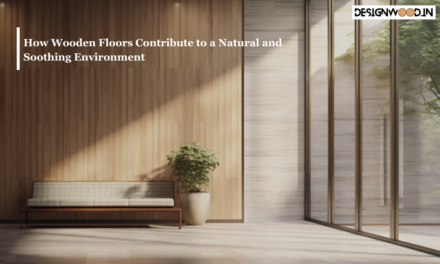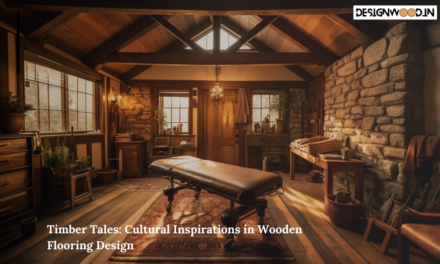Engineered wood has revolutionized the world of interior design, offering versatility, durability, and aesthetic appeal. From classic herringbone to contemporary chevron, engineered wood patterns have become increasingly popular in residential and commercial spaces alike. In this article, we’ll delve into the history, current trends, and applications of designing with engineered wood flooring patterns.
A Brief History of Engineered Wood
Engineered wood, also known as composite wood or manufactured board, has a rich history dating back to ancient times. The concept of bonding layers of wood together to create stronger and more stable boards can be traced back to ancient Egypt and China. However, it wasn’t until the 20th century that modern engineered wood products began to emerge, driven by advancements in adhesive technology and manufacturing processes. Today, engineered wood is widely used in various applications, including furniture, flooring, and architectural elements.
Traditional Patterns: Herringbone and Chevron
Traditional engineered wood patterns, such as herringbone and chevron, have stood the test of time and continue to be popular choices for interior design projects. Herringbone patterns feature rectangular planks arranged in a staggered zigzag pattern, creating a timeless and sophisticated look. Chevron patterns, on the other hand, consist of V-shaped planks that form a continuous zigzag pattern, adding a dynamic and modern twist to any space. Both patterns can be customized with different wood species, finishes, and plank sizes to suit various design preferences.
Parquet Patterns: Versatility and Elegance
Parquet patterns offer a versatile and elegant option for designing with wooden flooring. Parquet flooring consists of small wood blocks or tiles arranged in intricate geometric patterns, such as basket weave, brick bond, or diamond. These patterns add visual interest and texture to floors, walls, or ceilings, enhancing the overall aesthetic of the space. Parquet patterns can be tailored to suit any style, from traditional to contemporary, and are available in a wide range of wood species and finishes to complement any design scheme.
Modern Innovations: Geometric and Abstract Designs
In recent years, designers have embraced modern innovations in engineered wood patterns, experimenting with geometric and abstract designs to create bold and artistic statements. Geometric patterns, such as hexagons or triangles, offer a contemporary twist on traditional wood flooring, adding visual intrigue and depth to interiors. Abstract designs, inspired by nature or art movements, allow for limitless creativity and customization, allowing designers to push the boundaries of conventional wood patterning and explore new possibilities in design expression.
Applications in Interior Design
Engineered wood patterns find applications in various aspects of interior design, ranging from flooring and wall cladding to furniture and decorative accents. Engineered wood flooring, in particular, is a popular choice for residential and commercial projects due to its durability, ease of maintenance, and aesthetic versatility. Engineered wood patterns can also be incorporated into architectural elements, such as feature walls, ceilings, and millwork, adding texture and visual interest to interior spaces. Additionally, engineered wood patterns can be used to create custom furniture pieces, such as tables, countertops, and shelving, adding warmth and character to any room.
Conclusion
In conclusion, designing with engineered wood patterns offers a world of possibilities for interior designers and homeowners alike. Whether you prefer traditional herringbone, modern geometric designs, or intricate parquet patterns, engineered wood provides a durable and stylish solution for enhancing any space. By embracing the history, trends, and applications of engineered wood patterns, you can create stunning interiors that stand the test of time.





